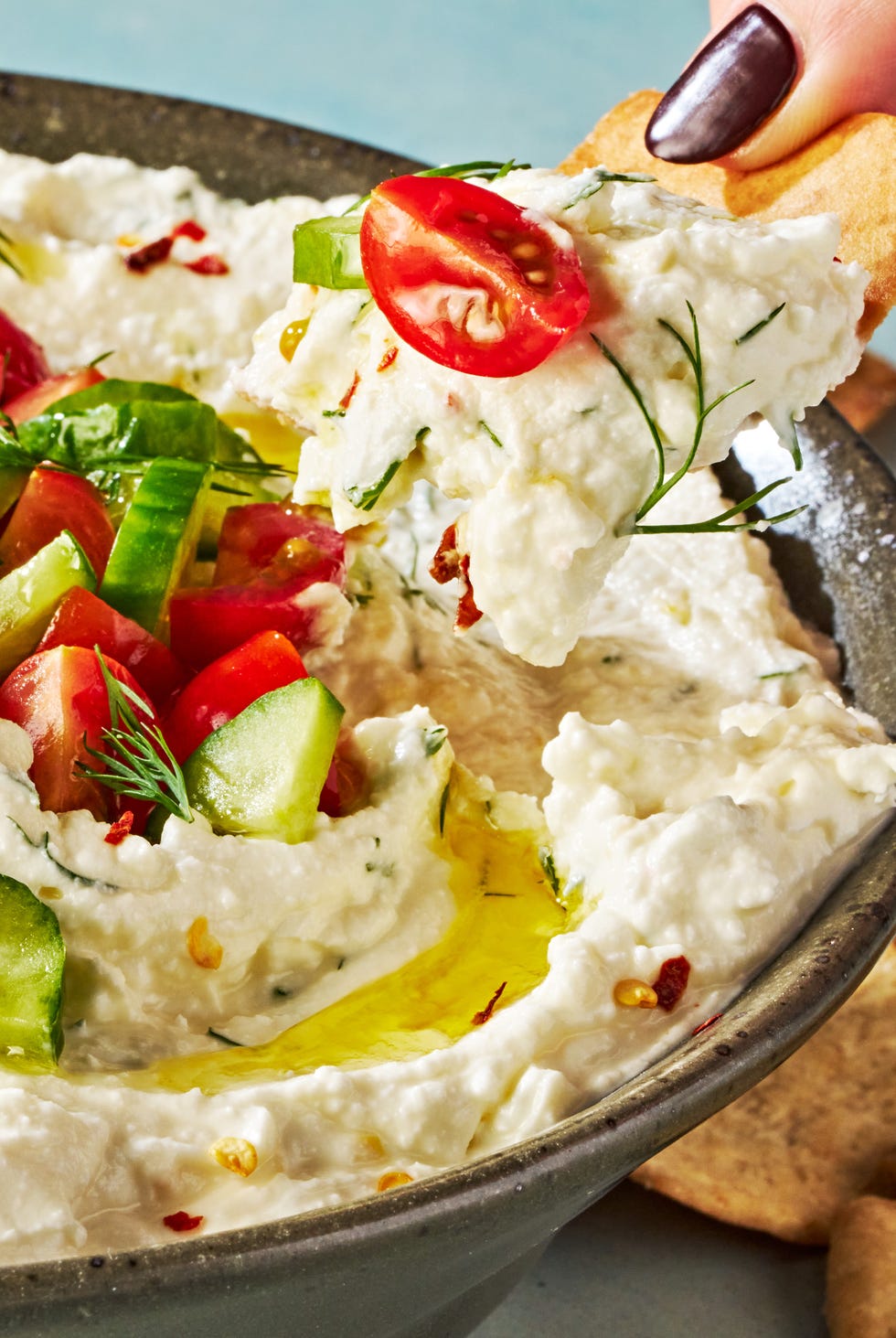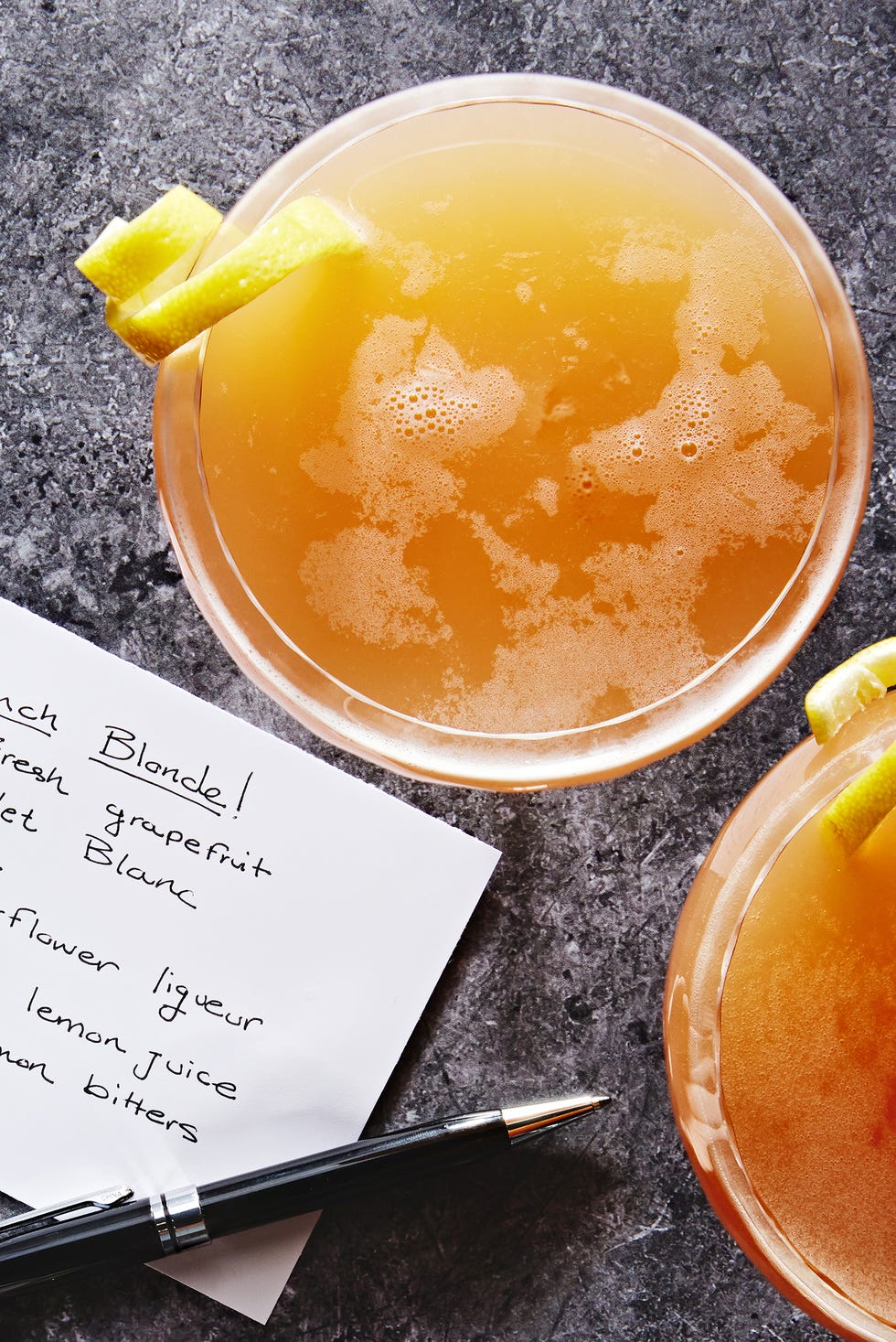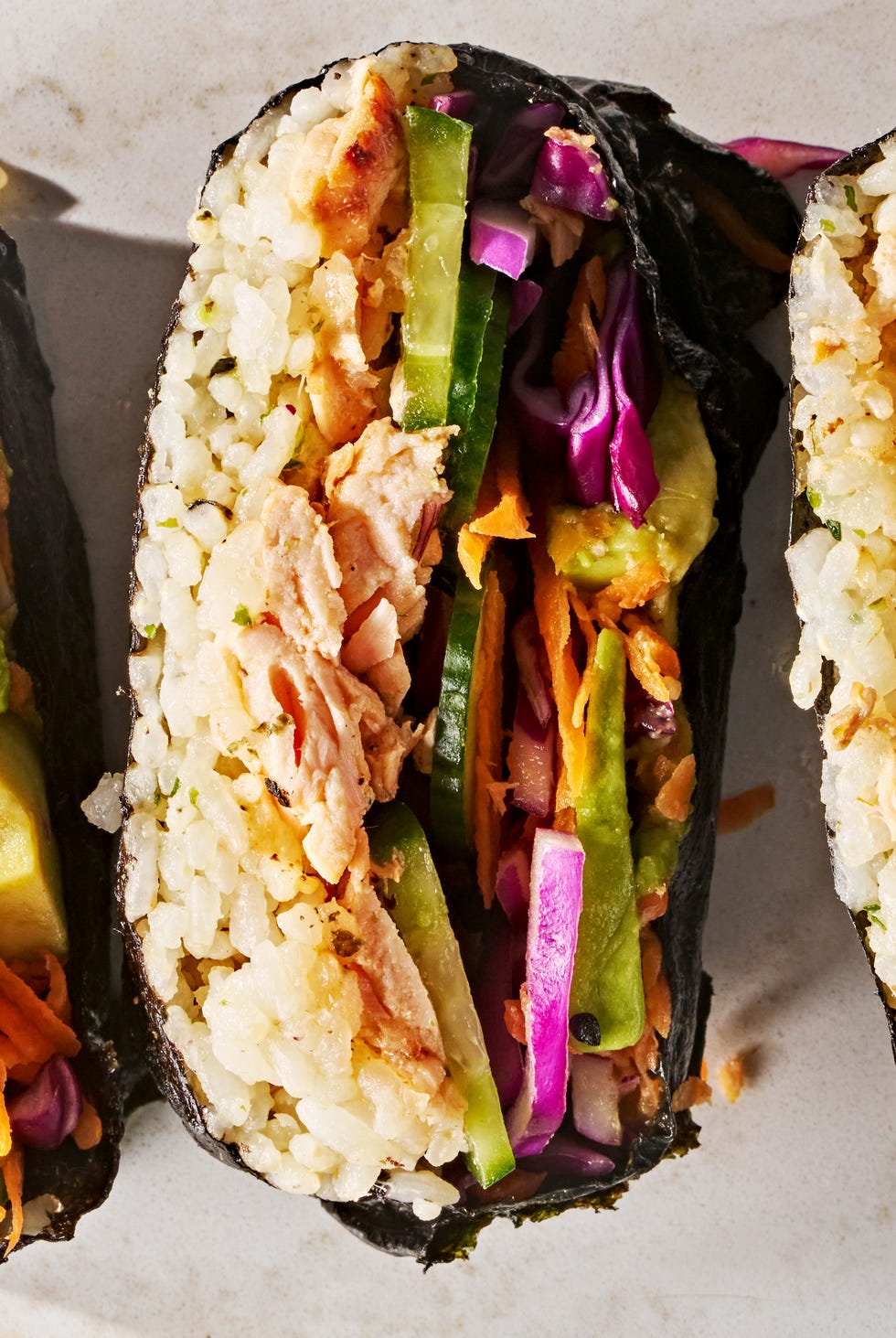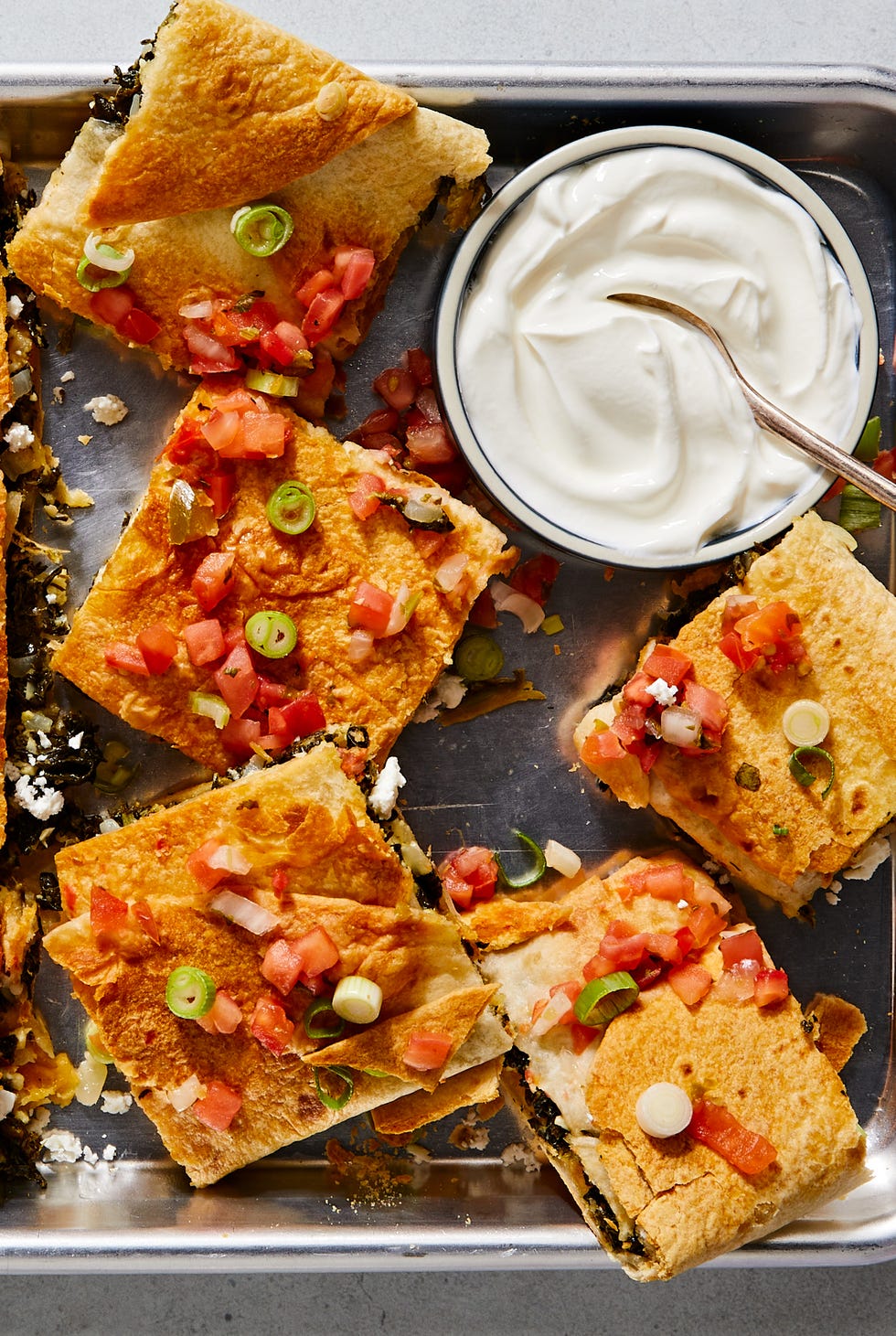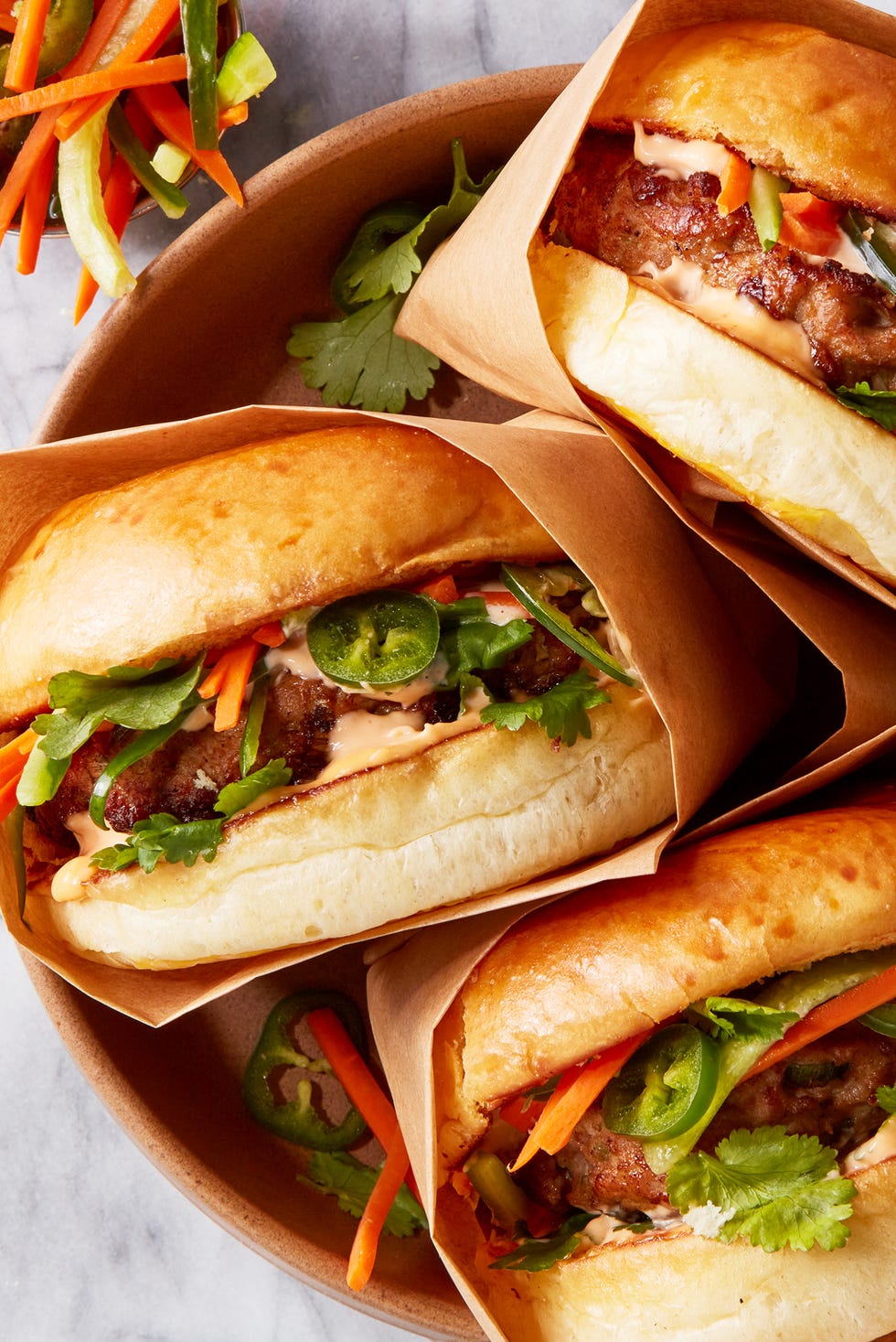This summer, the official music video remix cover of Black Sheep's "The Choice is Yours" shows fans how Ludacris's Lemon Pepper Chicken is a delicious, nutritious and easy remixed fast food recipe to make at home
ENGLEWOOD CLIFFS, N.J., July 16, 2024 /PRNewswire/ -- 🎶You should get with this, 'cause Knorr is where it's at! 🎶
Knorr®, America's #1 Bouillon*, announces year two of its Taste Combos campaign – and this time, they're bringing big, craveable flavor by remixing trending fast food flavors into a nutritious, delicious meal made with Knorr. The brand is collaborating with multi-platinum music legend, actor and philanthropist, Ludacris to remaster Black Sheep's hit song, "The Choice is Yours", in a fresh, hype music video: "Fast Food Remix feat. Ludacris and Knorr". The song incorporates new lyrics that talk about Knorr and Ludacris's dish of the summer and newest Taste Combo: Lemon Pepper Chicken, which is so craveable, you just might choose this over a fast food option.
Knorr Taste Combos are a nutritious home cooked meal that brings together protein, tasty veggies and Knorr Bouillon into a flavorful dish that is just as delicious as fast food. The music video "Fast Food Remix feat. Ludacris and Knorr" encourages people to discover how quick, delicious and healthier meals, such as Taste Combos, can easily come together at home with the help of the flavor powerhouse of Knorr.
Remixing Beats and Flavor with a Music Video
In the "Fast Food Remix feat. Ludacris and Knorr" music video, Ludacris encourages his friends to skip fast food delivery for a nutritious and delicious dish made with Knorr, the not-so-secret ingredient that adds craveable flavor to countless recipes.
"As someone who's still mastering how to prepare delicious, nutritious and convenient meals at home, I've learned it's helpful to have a few staple ingredients always on hand. I love to keep Knorr Chicken Bouillon stocked at home, so I can add it to my family's meals when it's my turn to cook," says Ludacris. "Knorr and I cooked up delicious new beats and a remixed recipe for Lemon Pepper Chicken Cutlets to inspire people to get creative in the kitchen – we can't wait for everyone to try out my delicious recipe this summer!"
While touring, Ludacris used to reach for what was easy and convenient but not necessarily nutritious. Since then, he's embarked on a personal journey to discover healthier - yet still accessible and delicious - recipes that his whole family could cook and enjoy at home. Now, with the help of Knorr, he's ready to share these flavorful mealtime creations with the world.
The music video follows Ludacris in the kitchen as he whips up ingredients for his new, exclusive Lemon Pepper Chicken Cutlets recipe – a homage to the lemon pepper flavors that remind him of his Atlanta hometown. With the help of a flavor powerhouse like Knorr Bouillon, plus fresh lemon zest and cracked black pepper, this tasty and nutritious remix of the classic fried chicken combo meal can be prepared at home in under 30 minutes!
"As a flavor powerhouse brand, it is our job to make home cooking recipes delicious, nutritious and accessible for people so that they can experience and enjoy cooking just as much as they love fast food meals," said Gina Kiroff Chief Marketing Officer, Knorr North America. "Partnering with Ludacris to create not only a delicious and nutritious recipe, but also launch an exclusive music track to inspire people to think about remixing fast food classics into craveable, flavorful home-cooked meals, was the perfect way to show people how easy and impactful this behavior change can be."
Bringing the Taste Combos to Atlanta, Ludacris's Hometown
On Tuesday, July 23rd from 11AM to 5PM EST**, Knorr is popping up at Westside Motor Lounge (725 Echo St NW) in Atlanta. While on-site, fans can get their first taste of Ludacris's Lemon Pepper Chicken Cutlets and more delicious Taste Combo recipes from Knorr - before heading to their kitchen to recreate the recipes themselves. A live DJ will spin remixed tracks and you never know who might show up and join in on the fun 😉!
Not in the Atlanta area? No problem! Head to Knorr.com/us/en/FastFoodRemix for the Knorr x Ludacris music video and Ludacris's Lemon Pepper Chicken Cutlets recipe!
*Based on IRI bouillon unit sales in the U.S. 6.16.23-6.16.24
**While supplies last
About Knorr
Knorr believes that wholesome, nutritious food should be accessible and affordable to all. That's not a reality for everyone in today's America. That's why we're on a journey to ensure all Americans can create healthy meals they feel good about. Whether it's creating high-quality products, offering simple chef-developed recipes, or supporting organizations and initiatives that provide access to healthy foods, Knorr remains committed to its long history of making good food available to everyone.
The business was formed in 1838, when founder Carl Heinrich Knorr pioneered experiments in drying seasonings and vegetables to preserve their flavor and nutritional value. Since then, Knorr® has become an international brand offering a wide range of bouillons, soups, seasonings, sauces, soupy snacks, dressings, and frozen and ready-made meals.
About Unilever in North America
Unilever is one of the world's leading suppliers of Beauty & Wellbeing, Personal Care, Home Care, Nutrition and Ice Cream products, with sales in over 190 countries and products used by 3.4 billion people every day. We have 127,000 employees and generated sales of €59.6 billion in 2023.
Our leading brands in North America include Dove, Hellmann's, Vaseline, Degree, Axe, TRESemmé, Knorr, Magnum, Ben & Jerry's, Nutrafol, Liquid I.V., Paula's Choice, and Dermalogica.
For more information on Unilever U.S. and its brands visit: www.unileverusa.com.
For more information on Unilever Canada and its brands visit: www.unilever.ca.
Media Contact: Jessalyn Kieta
[email protected]
SOURCE Knorr

Adblock test (Why?)
Article From & Read More ( Knorr® and Ludacris Remix Fast Food into Home Cooked Meals and Debut New Taste Combo Recipe in Exclusive Music Video, "Fast Food Remix feat. Ludacris and Knorr" - PR Newswire )
https://ift.tt/ay5KZ1i
Entertainment

:max_bytes(150000):strip_icc()/pasta-with-green-pea-pesto-8064299-4000x4000-25f6a75b3c934ca3bddbf0776ccbaf77.jpg)




